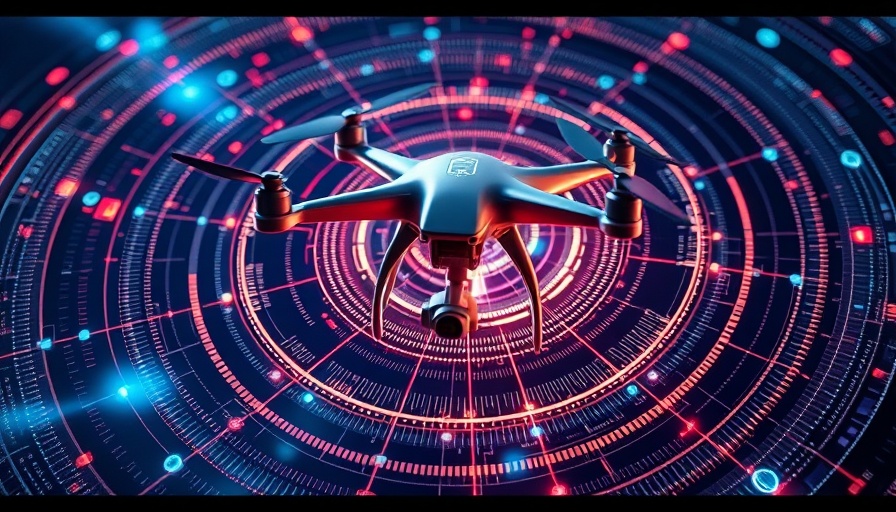
A New Era of Tunnel Safety: How Generative AI Drones Are Transforming Inspections
Urban infrastructures are facing a pressing issue with aging tunnels silently deteriorating while the number of skilled workers for inspections continues to decline. In response to this growing challenge, a groundbreaking development from the Korea Institute of Civil Engineering and Building Technology (KICT) showcases how generative AI drones can enhance safety and efficiency in tunnel maintenance.
Combating Data Scarcity with Smart AI Technology
The heart of effective maintenance lies in precise inspections. Traditionally, inspecting tunnels required extensive data on potential damage scenarios; however, gathering actual field data often proves difficult. Spotting damages such as delamination or rebar exposure in concrete is rare, leading to data scarcity that hampers the development of robust AI models. Dr. Shim Seungbo and his team at KICT have innovated a solution termed 'small data learning.' This method utilizes a limited number of actual field images and enables the AI to generate synthetic images of unique concrete damage. Within just 24 hours, the generative AI can create up to 10,000 images, providing the extensive dataset needed for fine-tuning damage detection models without relying on real-world occurrences.
The Role of Drones in Revolutionizing Inspections
By integrating generative AI technology with drones, the inspection process reaches new heights—quite literally. These advanced drones are equipped with autonomous navigation capabilities, allowing them to maneuver through tunnel ventilation spaces with pinpoint precision, using ultra-wideband (UWB) sensors. This means that drones can conduct inspections of tunnel ceilings efficiently, reducing the risks traditionally associated with human inspectors who employ high-altitude work vehicles.
Addressing Safety and Reliability Issues
The automation offered by generative AI drones not only streamlines the inspection process but also enhances safety. Inspections previously conducted by human workers now become less hazardous, as drones can operate in confined environments without risking human lives. These advancements are expected to significantly improve the reliability of inspections, ensuring that potential dangers are identified before they escalate into serious issues.
Implications for the Future of Infrastructure Maintenance
Dr. Shim's innovative approach challenges existing beliefs that effective artificial intelligence applications require vast amounts of training data. By creating data for scenarios where none exists, this technology not only opens up new possibilities for AI in tunnel inspections but also sparks interest in its application across various sectors in construction. As infrastructure needs continue to evolve, the adoption of generative AI systems could become a cornerstone in maintaining urban safety and operational efficiency.
Take Action: Stay Informed
As we transition into a future where AI plays an ever-increasing role in our infrastructure, it’s essential to stay updated on evolving technologies. Follow advancements in generative AI and drone integration to understand how these tools can reshape urban safety and efficiency in infrastructure maintenance.
 Add Row
Add Row  Add
Add 




Write A Comment